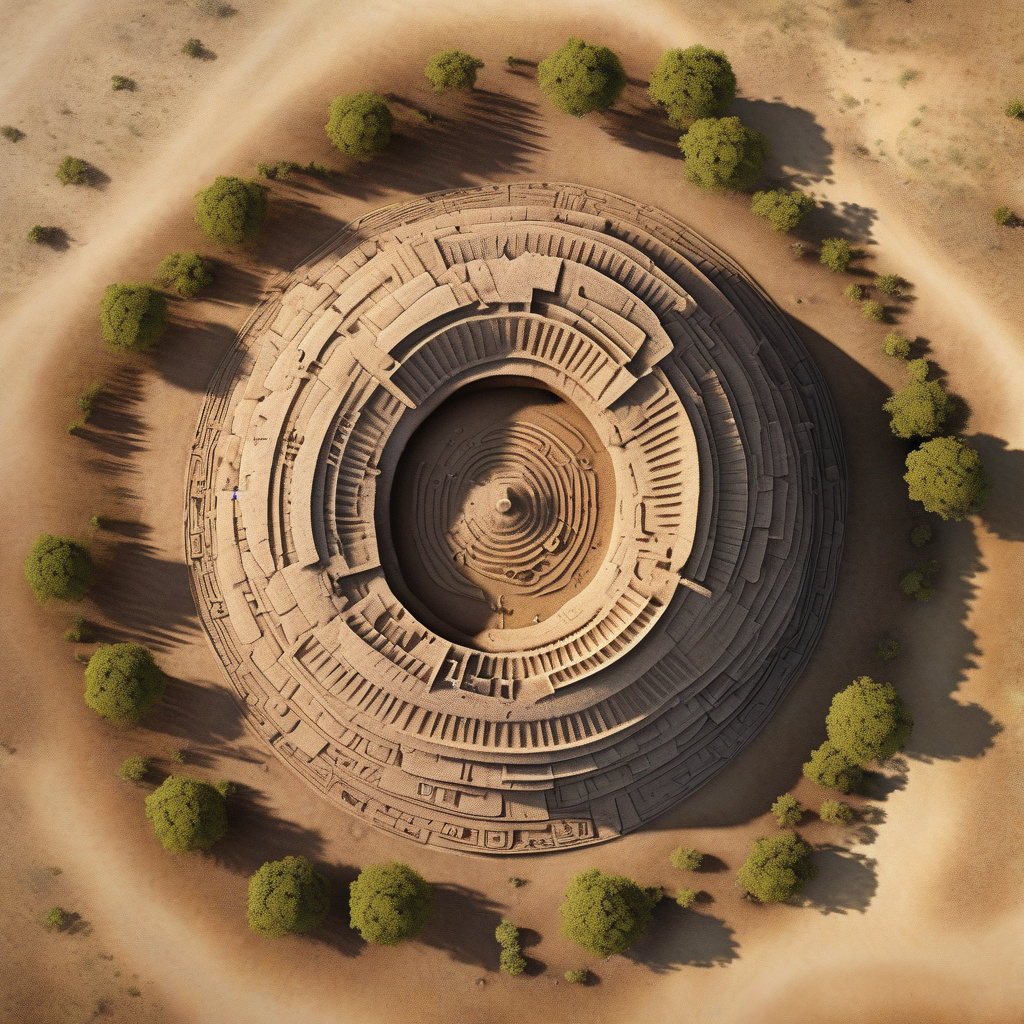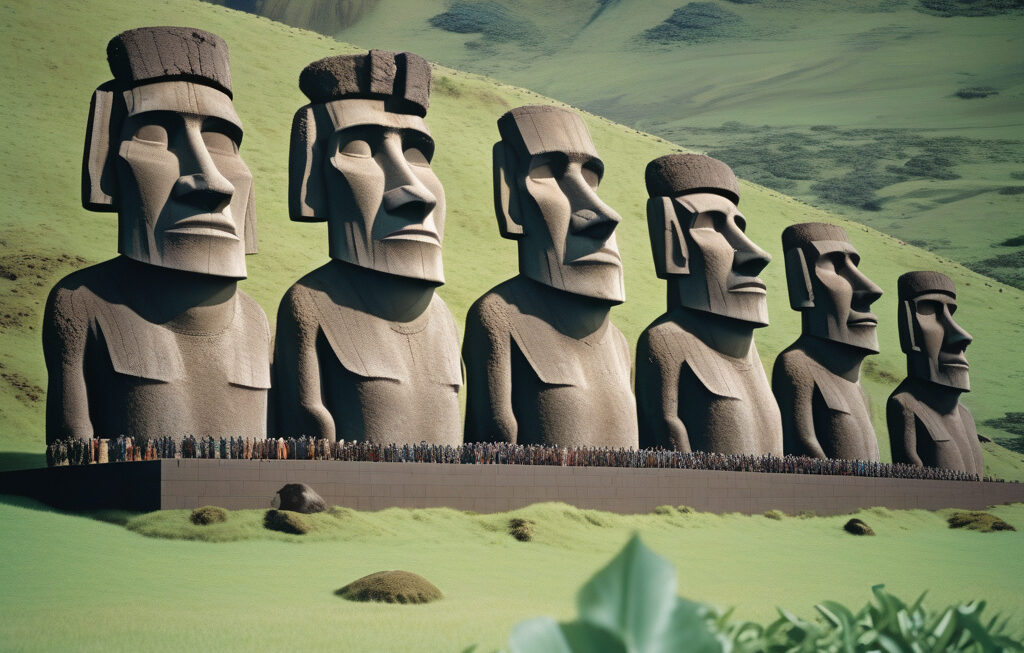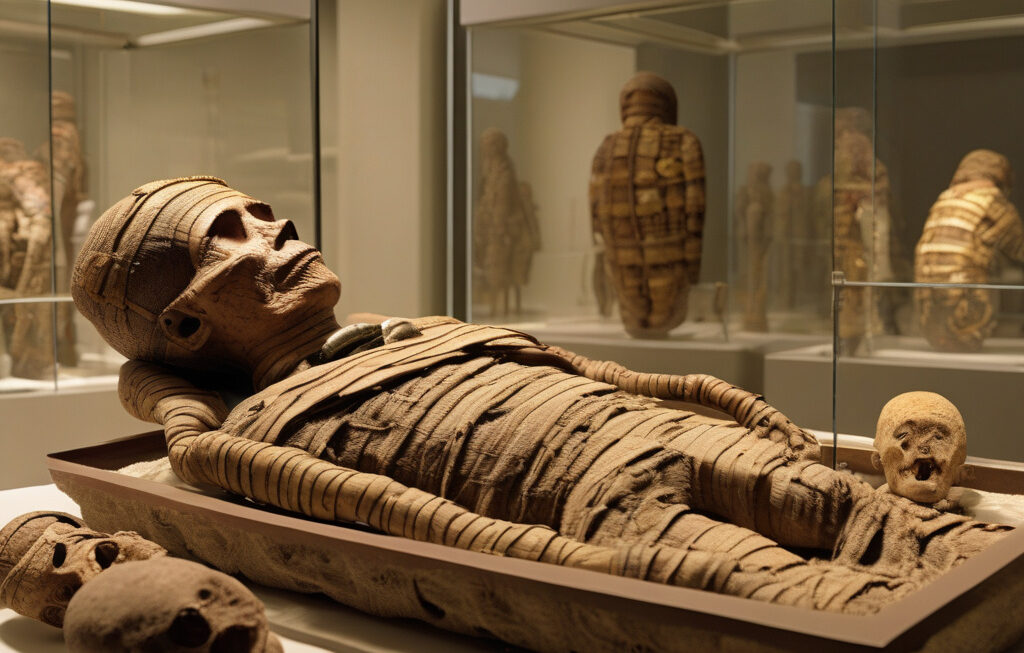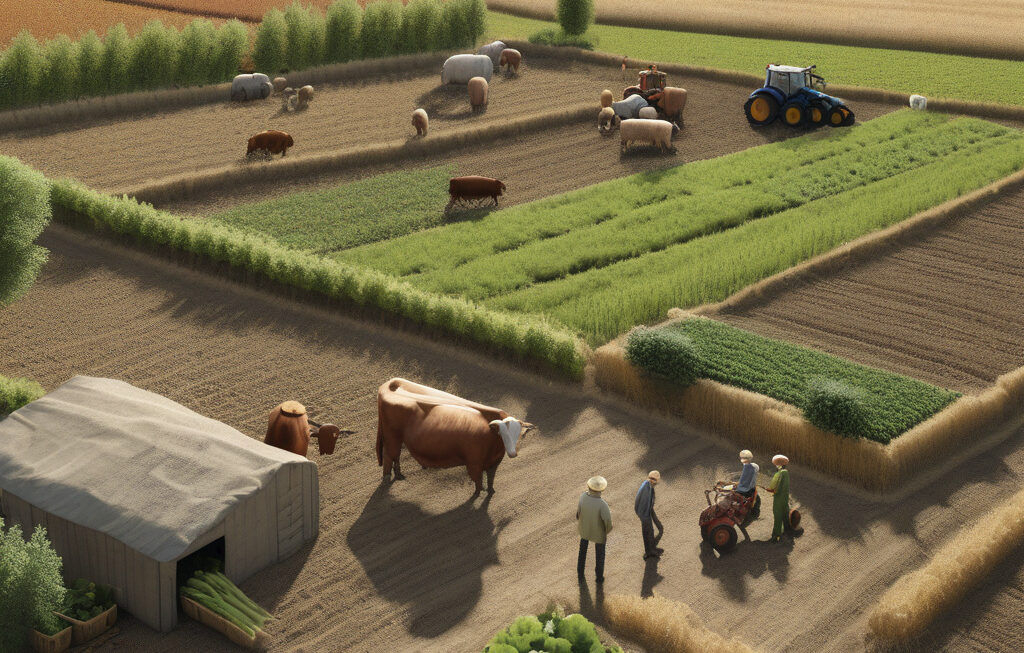Ancient Farmers in Mexico Shaped 205-Foot Scorpion Mound to Plan Their Crop Cycles
Archaeologists in Mexico have discovered a rare “effigy mound” over 205 feet long, shaped like a scorpion. This finding sheds light on the sophisticated agricultural practices of ancient civilizations in the region. The scorpion mound, located in the state of Guanajuato, is believed to have been built by the Otomi people over a thousand years ago. The Otomi were known for their advanced understanding of farming techniques and landscape management.
The intricate design of the scorpion mound is not merely a coincidence but a deliberate construction with practical purposes. Researchers suggest that the mound served as a giant calendar, helping ancient farmers plan their crop cycles effectively. By observing the position of the sun and the shadows cast by the mound, the Otomi could determine the optimal times for planting and harvesting their crops. This demonstrates a deep knowledge of astronomy and agriculture, highlighting the intelligence and ingenuity of these ancient farmers.
Furthermore, the location of the scorpion mound is strategic in terms of agricultural productivity. Positioned on a hill overlooking the surrounding valley, the mound likely served as a focal point for agricultural activities. It provided a vantage point for monitoring the fields, managing water resources, and coordinating community efforts in cultivating the land. The Otomi people’s ability to integrate spiritual beliefs with practical agricultural needs is evident in the construction of such monumental earthworks.
The discovery of the scorpion mound challenges the conventional narrative of ancient civilizations as primitive or unsophisticated. Instead, it underscores the resilience and adaptability of indigenous peoples who thrived in harmony with their environment. The Otomi’s reverence for the land and their deep connection to the cycles of nature are reflected in the design of the mound, which symbolizes not only a celestial creature but also a testament to their agricultural knowledge.
This archaeological find invites us to reevaluate our perception of ancient farmers and their relationship with the land. It highlights the importance of preserving indigenous knowledge and learning from traditional practices that have stood the test of time. As we face modern challenges such as climate change and food security, looking back at the wisdom of past civilizations can provide valuable insights for sustainable agriculture and environmental stewardship.
In conclusion, the 205-foot scorpion mound in Mexico is not just a relic of the past but a living testament to the ingenuity and wisdom of ancient farmers. It represents a convergence of art, science, and spirituality, reminding us of the interconnectedness of human societies and the natural world. By studying and honoring the legacy of these ancient civilizations, we can glean valuable lessons for building a more sustainable future.
ancientcivilizations, agriculturalwisdom, indigenousknowledge, sustainability, environmentalstewardship












